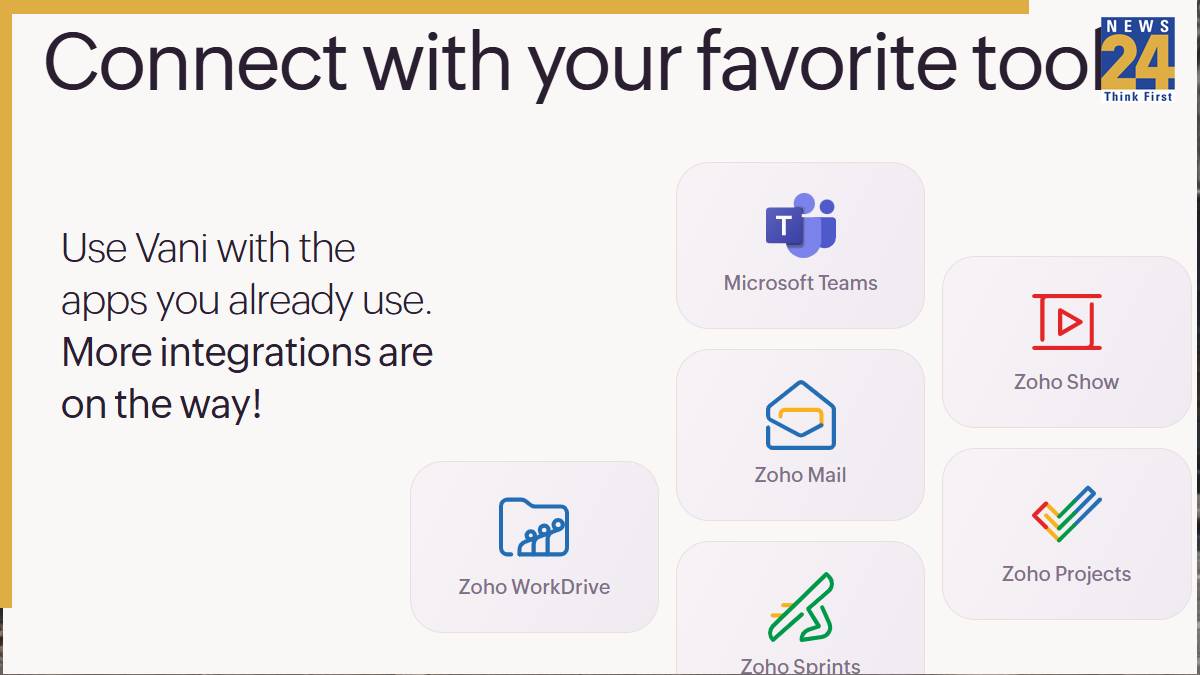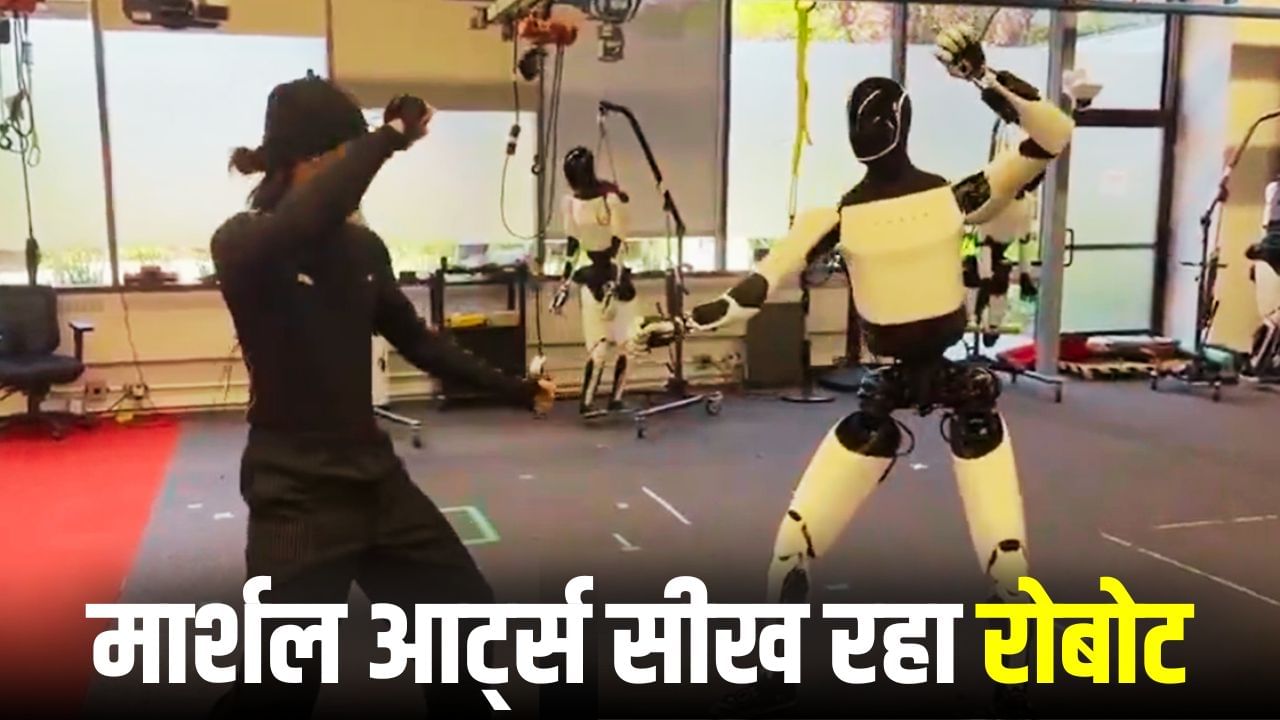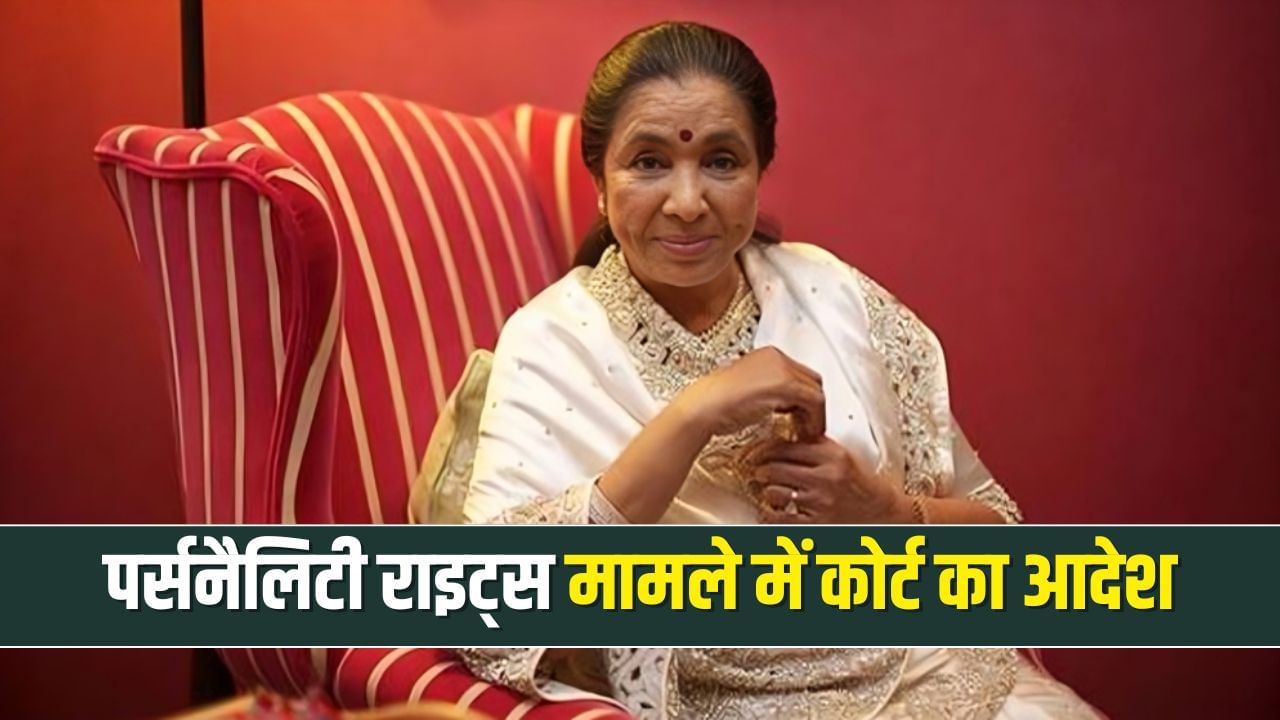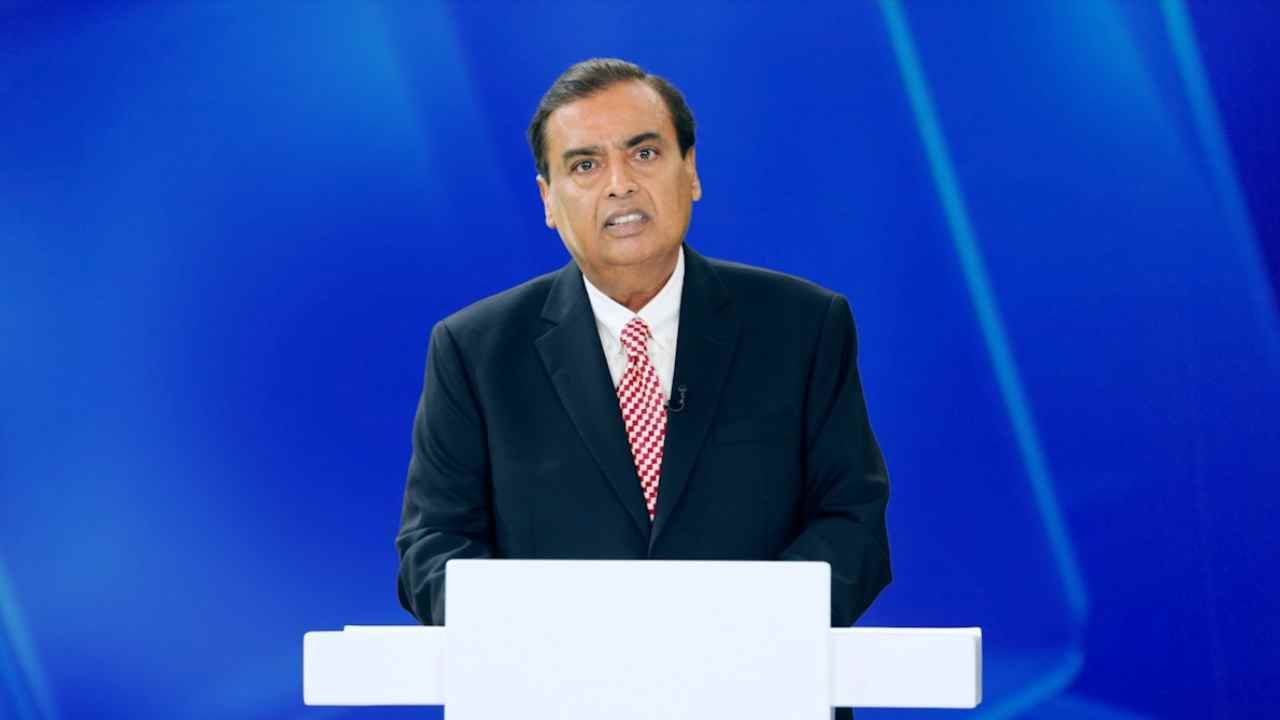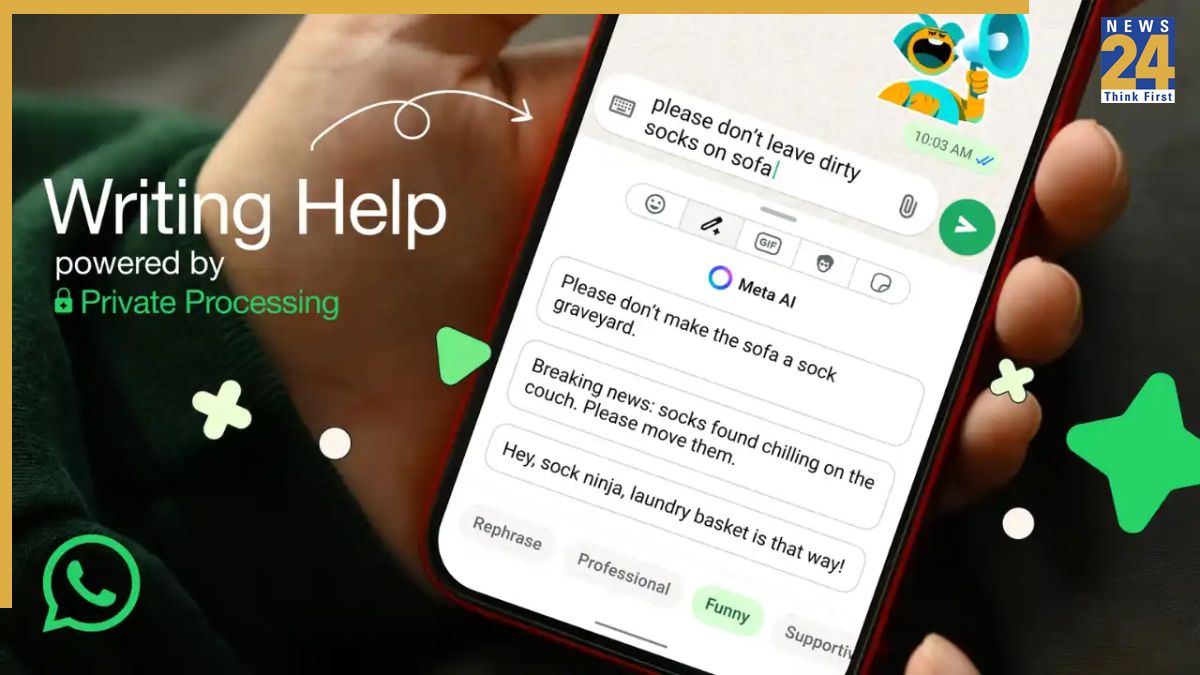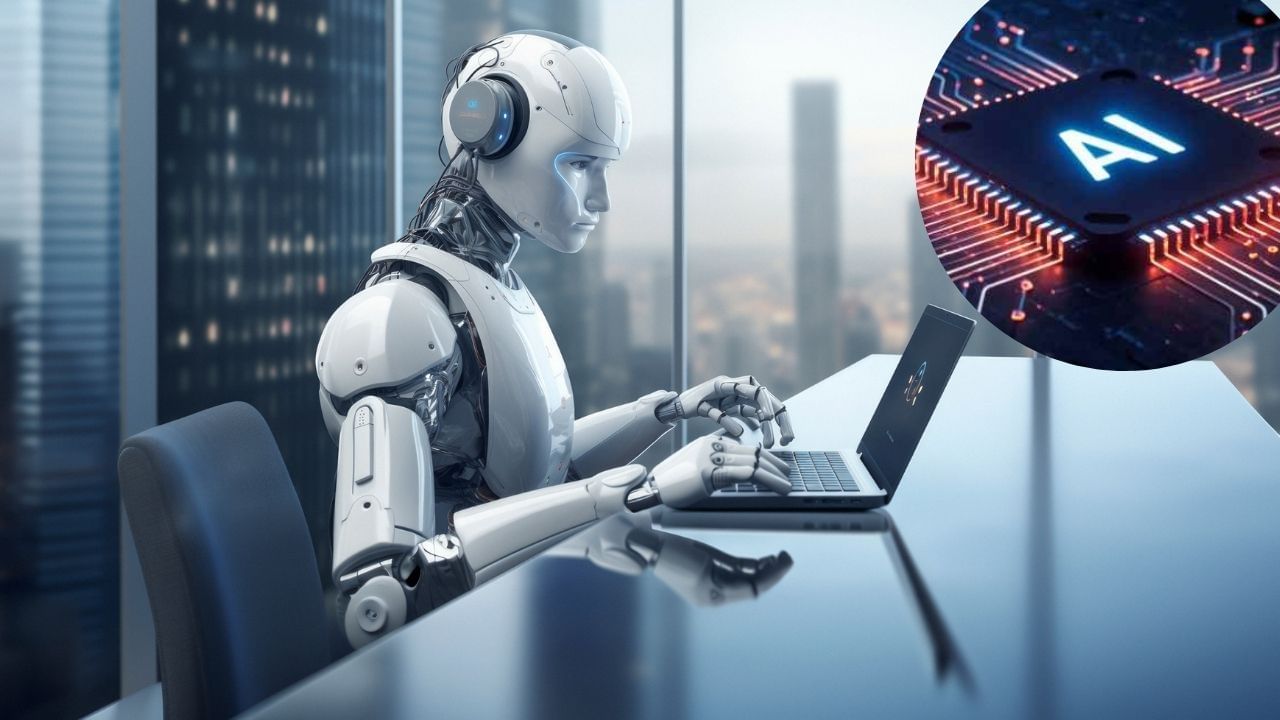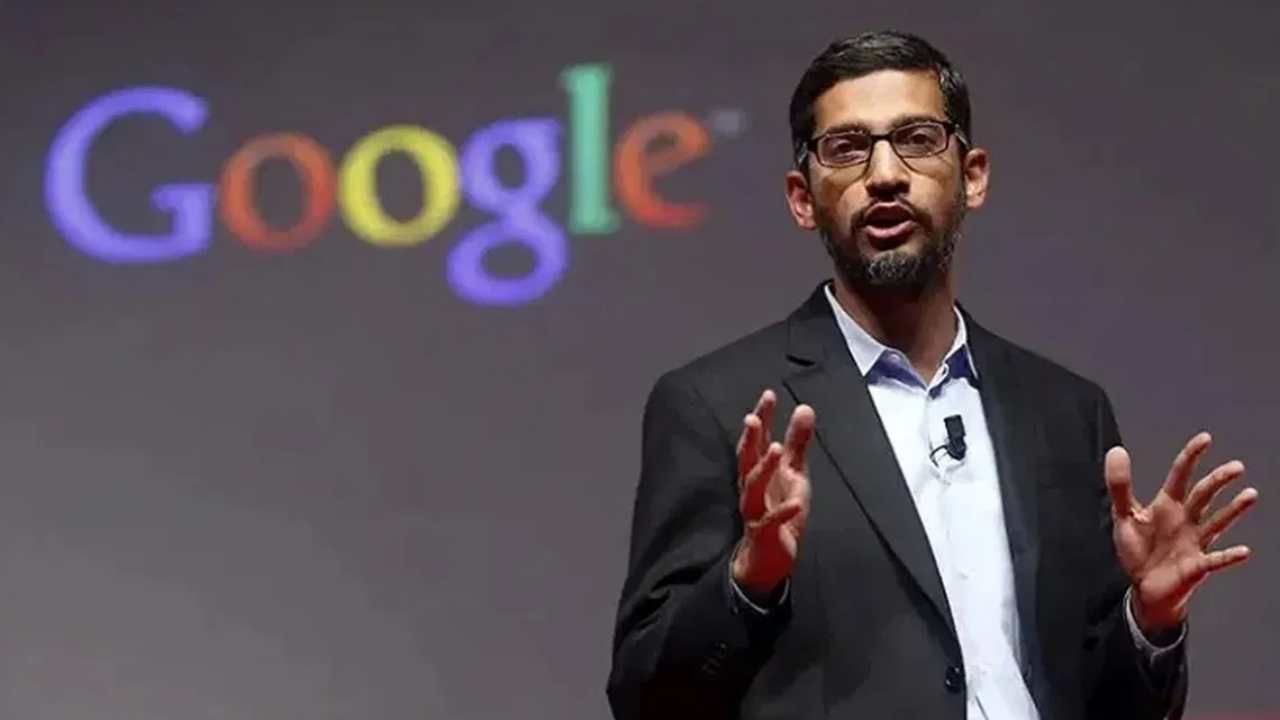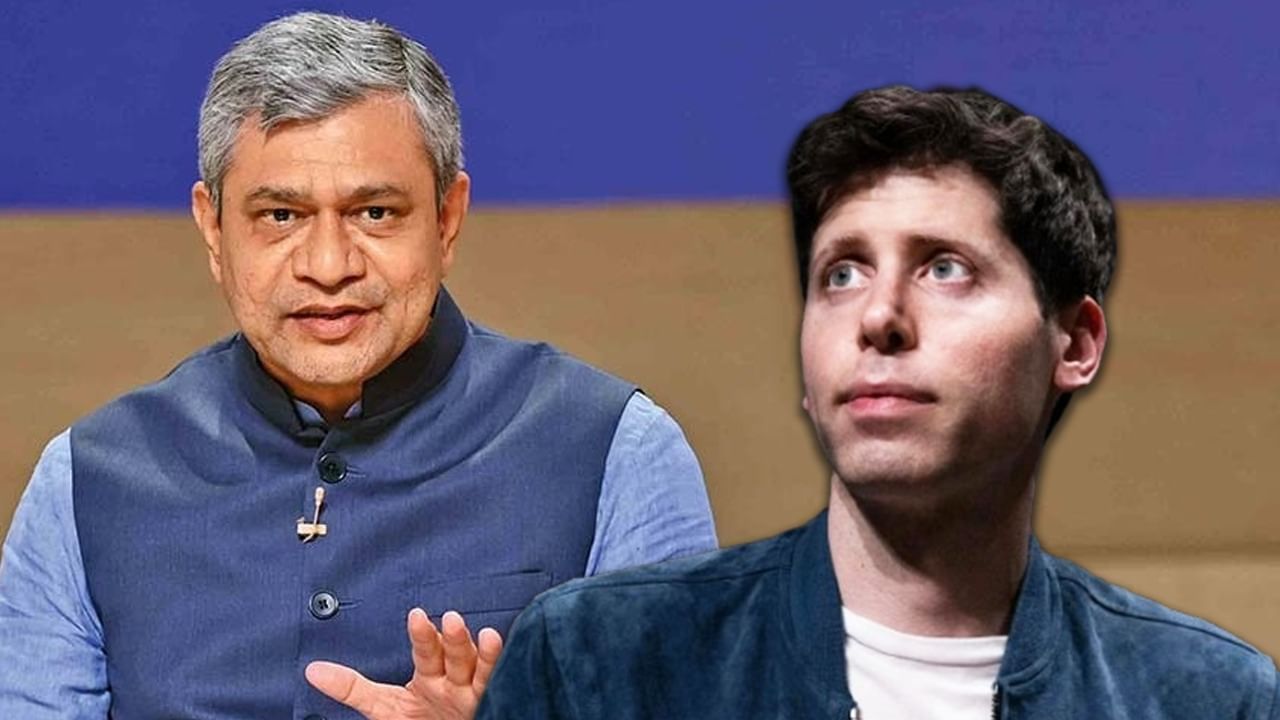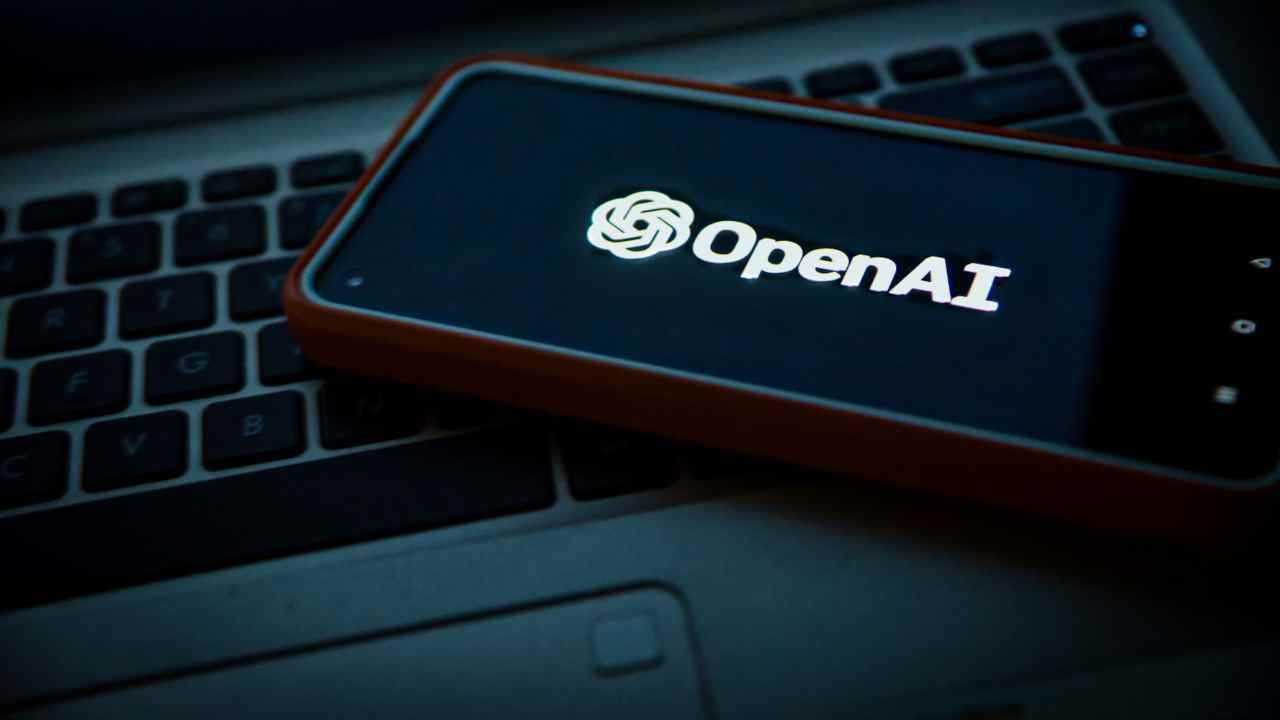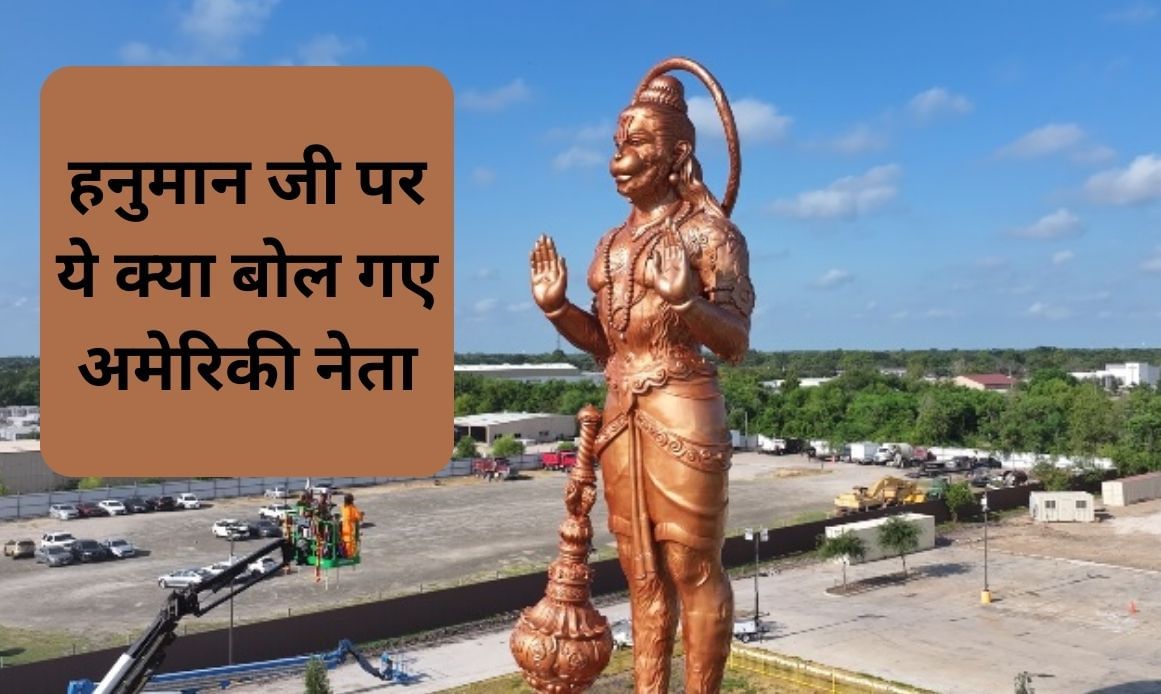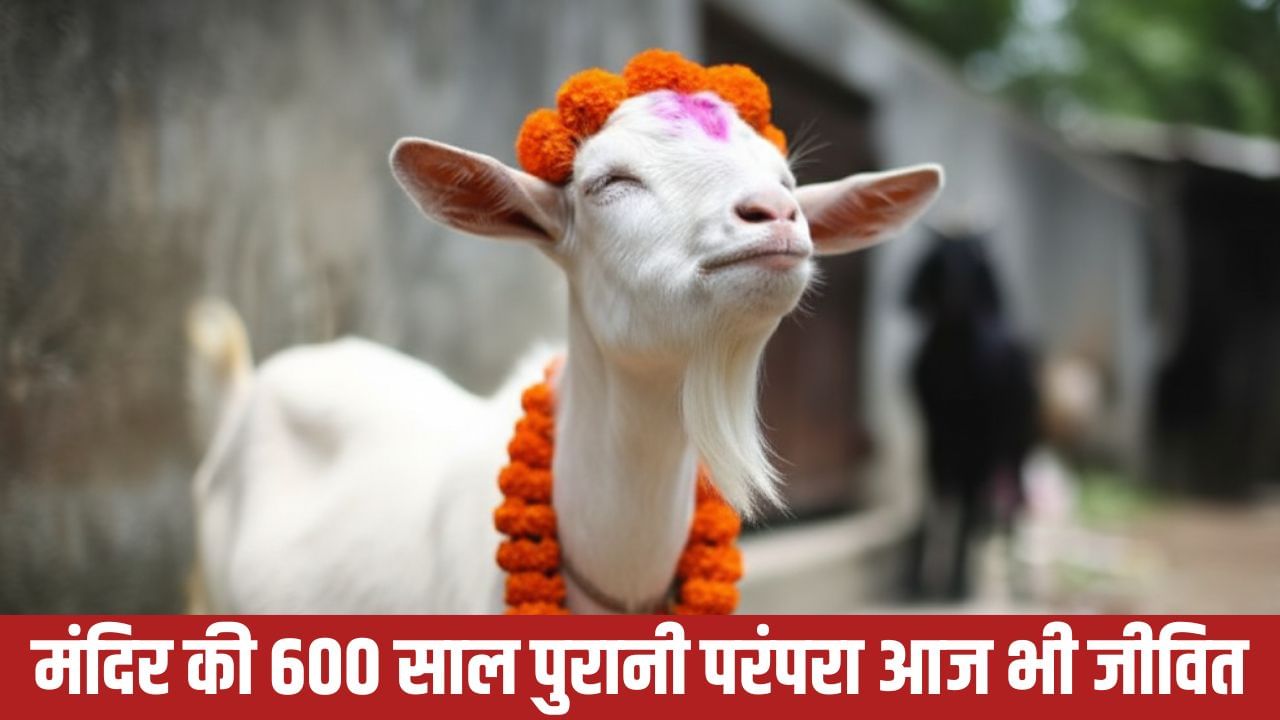Subscribe to Updates
Get the latest creative news from FooBar about art, design and business.
Browsing: AI
Saumya Tandon Rides a Bullet Motorcycle in a Saree and Heels, Responding to Her Husband’s Challenge
Saumya Tandon, the popular actress known for her role as Gori Mem in the comedy show “Bhabiji Ghar Par Hain,” is constantly…
JioHotstar is set to introduce a suite of new AI-powered features, including a real-time dubbing service, a voice assistant named Riya, and…
Reliance has introduced JioFrames, an AI-powered wearable device, at its 48th Annual General Meeting. The glasses, presented by Akash Ambani, are designed…
WhatsApp is rolling out a new AI Writing Help feature to improve the user experience. This AI-powered tool is designed to assist…
WhatsApp is rolling out a new AI Writing Help feature designed to improve the user experience. This AI-powered tool assists users in…
In line with the global trend towards artificial intelligence, Mukesh Ambani, Chairman of Reliance Industries, announced the establishment of a dedicated AI…
JioHotstar Unveils AI-Driven Enhancements: Voice Assistant, Real-Time Dubbing, and Immersive Viewing
Reliance is poised to elevate the streaming experience with upcoming AI-powered features for the JioHotstar app. These advancements include a voice-enabled assistant,…
WhatsApp, the popular messaging platform owned by Meta, has launched a new AI-powered feature called ‘Writing Help.’ This feature is designed to…
The advent of Artificial Intelligence (AI) is reshaping the job market, with significant implications for various sectors. While AI tools are displacing…
A new artificial intelligence method, developed by Dr. Sai Nethra Betgeri, merges machine learning with physics to solve the advection equation, a…
A new artificial intelligence method developed by Dr. Sai Nethra Betgeri merges machine learning and physics to solve the advection equation, a…
Following the shift to virtual meetings and interviews in Silicon Valley after the COVID-19 pandemic, Google is taking steps to address concerns…
The rise of AI has prompted many companies to increase their focus on this technology, but a recent report reveals surprising information…
Instagram continues to introduce new AI features to enhance user experience. The platform frequently tests different features to improve its users’ experience.…
India is rapidly ascending in the AI sector, propelled by the government’s IndiaAI mission and the interest of global tech companies. This…
OpenAI, the company behind ChatGPT, is set to open its first office in New Delhi by the end of this year. This…




